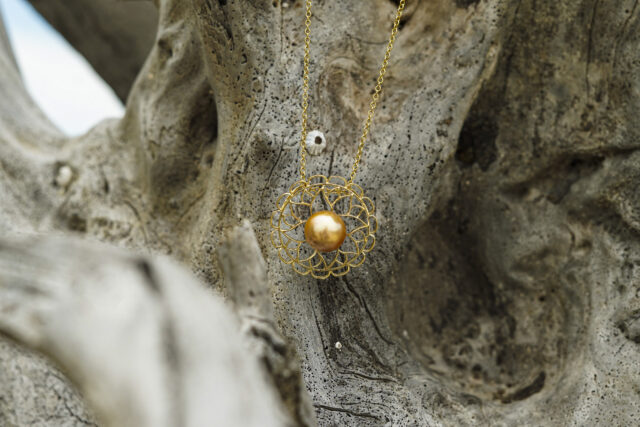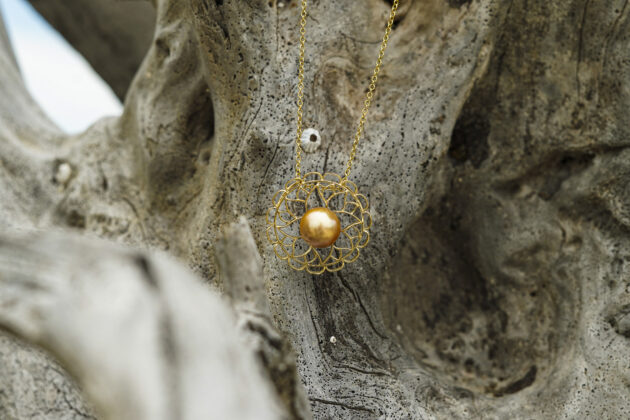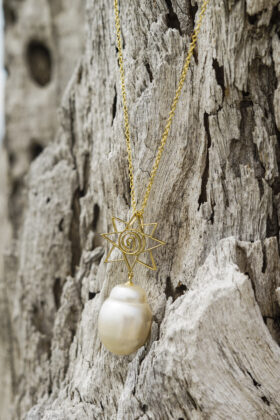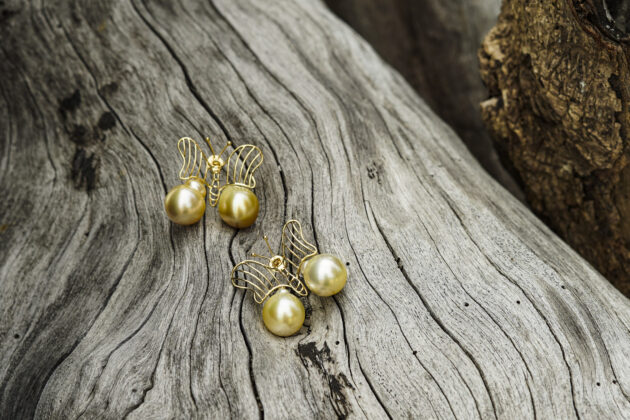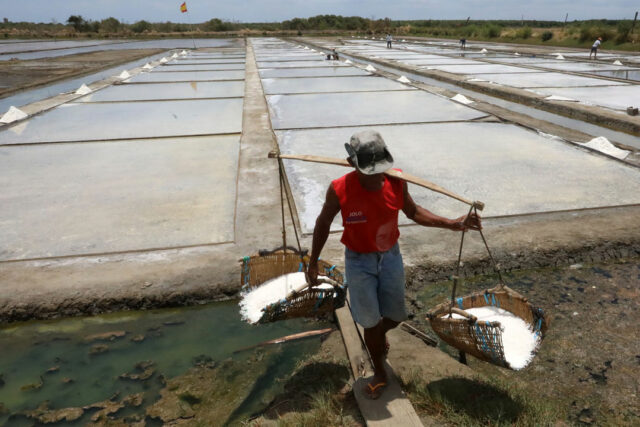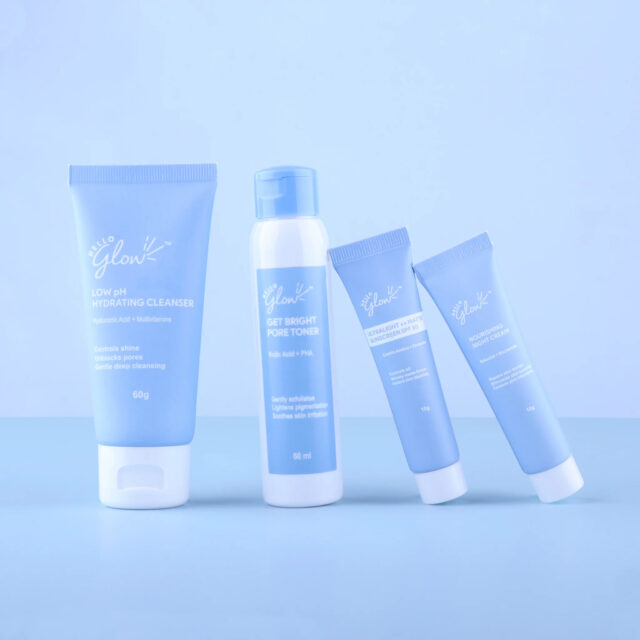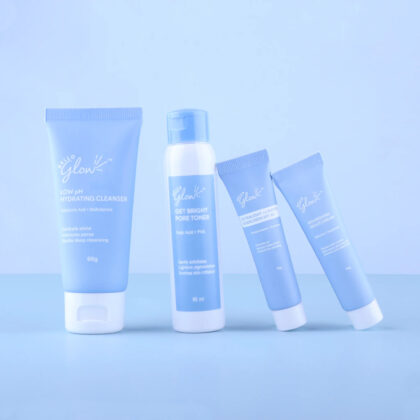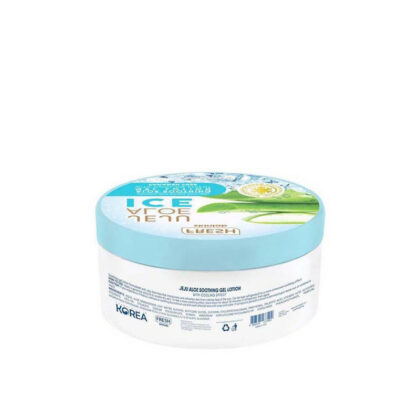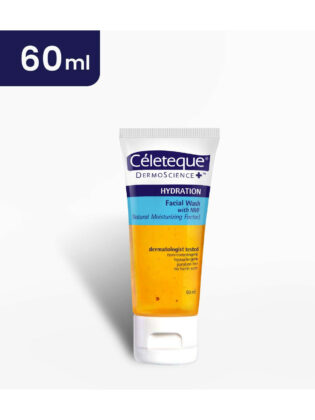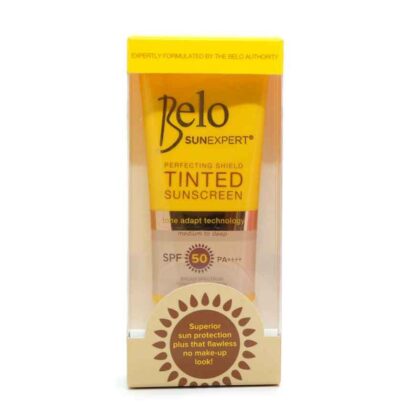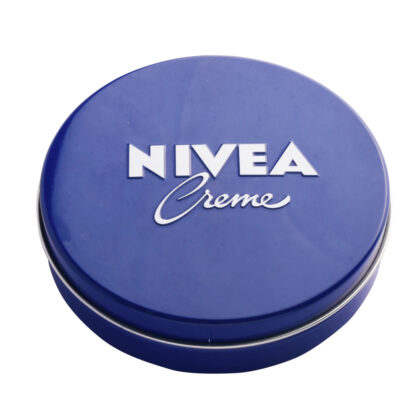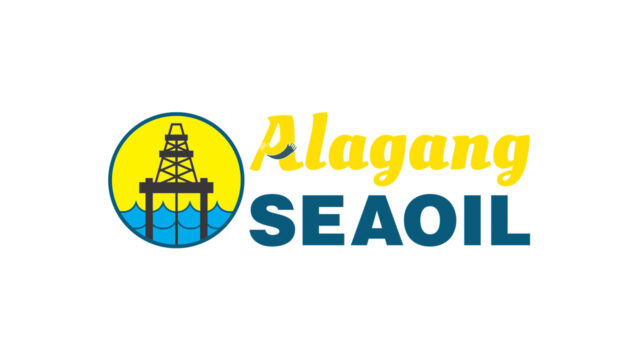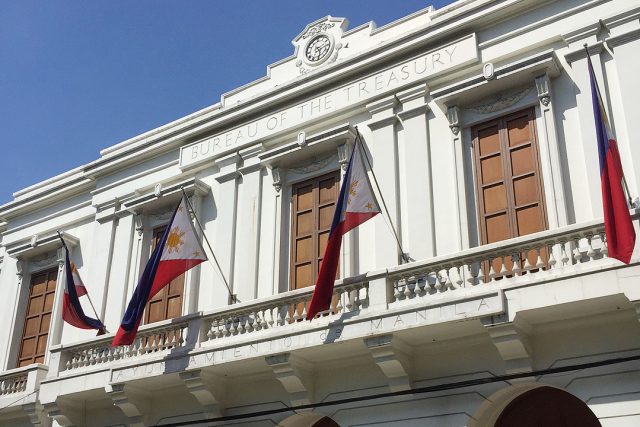By Zsarlene B. Chua
IN the past few years — and especially during the pandemic — skincare has been at the front and center of every beauty routine. People realized that having good skin is key to snatched makeup looks and feeling and looking great.
With all the options available today, it can be intimidating and confusing for those who are new to the skincare game and are looking to create their own routine.
As a person who has, for years, gone on her own skincare journey and tested products for a living, I’ve learned that every person’s routine can be different and the most important thing is that you find your routine not only effective but also something you enjoy doing every day.
So, if you’re new to the skincare game and are looking to build your own skincare stash, here are tips to get you started.
(I am not a licensed dermatologist or aesthetician, so please take my tips as suggestions and please do seek medical advice if you’re having skin issues.)
Ask yourself: how much time and money are you willing to spend on a routine?
A skincare routine is a commitment — a commitment that you’ll have to set aside time and money for to achieve your skincare goals. Remember that a skincare routine is done twice a day, so the first thing to consider before building your own skincare routine is to ask yourself how much time and money you can comfortably allocate for it.
This doesn’t mean that if you’re always in a rush that you won’t get a good routine or if you don’t have that big of a budget you won’t get that glowy, glass skin you want. No, this just means that you’ll have to create a routine that works for your skin, your wallet, and your time.
If you only have 15 minutes (or even five!) in the morning and at night to do skincare, that’s perfectly fine. You can stick to the very basic, yet effective products, to get you sorted out. You should never feel that you’ll have to go way beyond what you’re comfortable with because, again, skincare should be self-care and you should always enjoy doing it.
Don’t know where to start? Start by finding out your skin type
The most important thing about any good skincare routine is understanding what your skin needs and your goals are. Before buying any product, it’s important to know if that product is suitable for your skin type.
If you don’t know what your skin type is, try doing this. Wash your face with water, let it air dry, and wait for a few minutes. If your skin feels tight all over, chances are you have dry skin. If, after a few minutes, you already see a shine all over your face, you may have oily skin. If it feels tight in some places (like the cheeks) and shiny in other places (like the nose and forehead area), you may have combination skin. If your skin feels none of these and feel normal, you may have normal skin. In addition, if your skin is easily irritated, you may have sensitive skin (but please confirm this with a dermatologist).
Note that your skin type may vary because of the weather, your health, and other factors, so it’s important to always listen and re-adjust to your skin needs.
How to create a beginner skincare routine? Stick to the basics of the basics.
There’s a ton of products out there and our favorite influencers always have a new thing they’re recommending every day. It can be overwhelming and confusing. Remember that the most important thing in a newbie routine is to have a basic routine down pat.
That means using only the most basic and essential products and once you’re used to using those products every day, twice a day, that’s the time you can start experimenting and adding other products.
The basics are, for me, a good facial cleanser, a good moisturizer, and sunscreen. That’s it.
Start your day and end it with a clean face. This means using a good facial cleanser. Not only does it remove dirt and irritants, a clean face provides a good canvas that will allow other products to sink in and do their work.
If you’re looking for a good affordable cleanser, Celeteque Hydration Facial Wash (P89/60ml) and Human Heart Nature’s Nourishing Facial Wash (P84.75/50ml) are great places to start. Both are local brands that promise gentle cleansing while keeping the skin moisturized. This is perfect for those with normal, combination, and sensitive skin. If you do need something for acne, Human Heart Nature also has one product for acne defense.
Personal favorites of mine are the Senka Perfect Whip Facial Wash (P279/125g) and the Hada Labo Hydrating Face Wash (P385/100g) if you have a bigger budget. Both Senka and Hada Labo have this whipped, smooth texture that makes washing your face fun and luxurious.
Remember to stop using your facial wash if it makes your skin feel tight, burning, or itchy.
Next is a good moisturizer. Moisturizers protect the skin’s moisture barrier — this is the barrier that keeps environmental stressors like pollutants and irritants out, as well as bacteria that can make our skin look and feel bad.
All skin types need to moisturize: drier skin types can go for heavier creams while oilier types can go for water gel or lotions.
My brother, who has oily and acne-prone skin, has recently fallen in love with Fresh Skinlab’s Jeju Aloe Ice Soothing Gel Lotion (P209/300ml). This is a lightweight gel moisturizer that contains aloe leaf water that soothes the skin, and panthenol that moisturizes the skin’s barrier. Meanwhile, I am currently loving the Fresh Skinlab Tomato Glass Skin Hyaluronic Water Drop Cream (P239/80ml) because while it’s lighter, it does give me all-day moisturization. A tried-and-tested mainstay is the classic Nivea Moisturizing Creme (P345/150ml) for times when my skin needs extra moisturizing.
Like the facial wash, you’ll need to use a moisturizer day and night. What I do to save time in the morning is that I use more lightweight formulas like Fresh Skinlab to layer underneath my sunscreen and use the Nivea creme at night.
Finally, get yourself a good sunscreen to apply after your moisturizer in the mornings. This is another non-negotiable for me because the sun is the main cause of skin damage and aging. It doesn’t even matter if you’re stuck inside working or studying, you still need to put on sunscreen because you’ll still be exposed to the UV rays from your windows (even your laptop and other devices emit UV).
A common complaint I get from people who are not fans of sunscreen is that they don’t like it because it’s sticky. The fix to that is to find brands which are not, like the Sunglow by Fresh Tinted Sunscreen (P329/50ml) and the Belo Sunexpert Perfecting Shield Tinted Sunscreen (P462/50ml). These products are not only not sticky, they also layer well under makeup and can even substitute for foundation or BB cream due to their light-to-medium coverage.
If you don’t want the tint, you can also try the BIORE UV Watery Essence Cream (P495/50ml) which is also incredibly lightweight and has this water gel texture for those who don’t want heavy sunscreens.
Good sunscreens can be pricey but please do put it in your skincare routine. Your skin will thank you for it.
Now, you have a list and you want to go buy the products, but skincare can be a bit of hit-and-miss and it takes time and money to know which products work for you. So, what do you do?
Well, one thing is to try skincare sets — especially trial or travel-sized ones — like Celeteque’s Traveler’s Basics Set (P155) that contains three hydration products: facial wash, toner, and moisturizer, or Hello Glow’s All-Natural Whitening or Rejuvenating Set (P360) that contains four mini products — a cleanser, toner, cream, and sunscreen — enough for a complete routine. The All-Natural set is said to be meant for dealing with uneven skin tone and has Apple Extract, Glutathione, Arbutin, Kojic Acid, and Vitamin C to lighten and brighten skin tone, while the Rejuvenating Set is for those who want to address skin issues like acne. It has Ceramides, Hyaluronic Acid, AHAs and BHAs, among others, to help improve skin texture.
By buying a set, you already have most of the products you need and you can see if it will work for you without burning a big hole in your pocket.
Those are the products you can use to start your skincare routine. Once you’ve gotten the hang of applying these and are satisfied with what they’re doing for your skin, then you’ll be able to add or substitute other products like serums, oils, and masks to your routine.
Remember that a good skincare routine isn’t about the number of steps, it’s about choosing the products that will work for your skin, time, and budget.
Zsarlene Chua is a former BusinessWorld reporter who is now a fledgling PR girl. She’s all about skincare, makeup, and video games. None of these products recommended are the writer’s clients. These are all independently reviewed and acquired products.

